Endometriosis surgery and Anti-Mullerian Hormone Levels
Anti-Müllerian Hormone (AMH), a hormone produced by ovarian granulosa cells, is widely used to estimate ovarian reserve and predict how women may respond to fertility treatments. According to the latest ESHRE (European Society of Human Reproduction and Embryology) guidelines, ovarian…
Key Points Lay SummaryPredictive factors for decline in postoperative serum AMH levels following endometrioma surgery
Women with endometrioma seek treatment because of symptoms such as pelvic pain and infertility that reduce their quality of life. There are several management approaches including medical and surgical options. Ovarian cystectomy using laparoscopic or robotic devices is one of…
Key Points Lay Summary"Ovarian Reserve Markers" in Peritoneal Endometriosis
Endometriosis-related subfertility is attributed to multiple factors, including mechanical obstructions, adhesions, pelvic inflammation, and diminished ovarian reserve. Serum anti-Mullerian hormone (AMH) levels and ovarian antral follicle counts (AFC) currently serve as fertility markers to diagnose decreased ovarian reserve and failure.…
Key Points Lay SummaryEndometrioma surgery and the ovarian reserve
Traditionally, cystectomy is the gold standard for surgical approach owing to the reduced risk of recurrence. Still, it may lead to a reduction in postoperative ovarian volume and can be a cause of ovarian failure. The recent conservative surgical management of…
Key Points Lay SummaryEndometriosis, Age, and Ovarian Reserve
The effect of endometriosis on ovarian reserve can be enhanced with older age, according to a new study published in the International Journal of Gynecology & Obstetrics. This finding is important because it can help clinicians guide their patients in…
Key Points Lay SummaryDoes endometrioma size have an effect on IVF/ICSI outcomes?
Assisted reproductive technologies including IVF/ICSI can be suggested as the therapeutic option in women with endometriosis-associated infertility. In literature, there is a controversy regarding the influence of endometrioma size on IVF/ICSI outcomes. The group led by Drs Chapron and Santoulli…
Key Points Lay SummaryPostoperative serum markers to predict serum AMH recovery following endometriosis surgery
Women with endometriosis seek treatment including ovarian cystectomy, because of symptoms that reduce their quality of life. Ovarian cystectomy using laparoscopic or robotic devices is the preferred therapy. However, it has been shown in the literature that ovarian reserve is…
Key Points Lay SummaryOvarian Endometrioma Reduces the Chance of a Successful Pregnancy With IVF
Ovarian endometrioma significantly decreases ovarian reserve or the capacity of the ovaries to produce eggs that are able to be fertilized and give rise to a successful pregnancy. This is according to a study published in the scientific journal Medicine.…
Key Points Lay SummaryDoes endometrioma affect ovarian reserve to reach pregnancy and birth?
Endometrioma occurs in approximately 17-44% of women with endometriosis. These women suffer from dysmenorrhea, dyspareunia, chronic pelvic pain, and also infertility. Although the exact mechanism explaining endometriosis-associated infertility has not been elucidated, distorted pelvic anatomy, impaired ovarian function, altered microenvironment-endometrial receptivity,…
Key Points Lay SummaryWhich one is more effective for the preservartion of postoperative ovarian reserve?
Although cystectomy is the most preferred treatment of endometrioma, it is still a matter of debate as it may cause a reduction in the quality and number of remaining follicles, especially important for women who are planning to conceive. Anti-Müllerian…
Key Points Lay SummaryThe comparison of the effect of hemostatic techniques on ovarian reserve during endometrioma cystectomy
The possible negative effect of the surgical excision of endometriomas on the ovarian reserve has brought up the meticulous implementation of the decision for surgical approach. Dr. Raquel Silveria da Cunha Araujo et al, from Brazil, published a study titled as…
Key Points Lay SummaryDoes Delivery Mode Affect the Ovarian Reserve?
Mohr-Sasson et al. from Sheba Medical Center, Israel, performed a prospective case-control study to assess whether ovarian reserve decreases after cesarian delivery. The study included only women with singleton pregnancies and the change in ovarian reserve after vaginal or cesarian…
Key Points Lay SummaryControlled use of bipolar cauterization as an alternative to endometrioma cystectomy
The main symptoms of endometriosis are dysmenorrhea, dyspareunia, chronic pelvic pain, and infertility. Ablation or coagulation of the cyst wall following laparoscopic drainage of endometrioma may be an alternative treatment for patients with pregnancy intention. Carbon dioxide, laser, and plasma energy…
Key Points Lay SummaryThe influence of endometrioma and surgery on ovarian reserve
Women with endometriosis and endometrioma, often have subfertility. These patients present considerable problems for the evaluation of ovarian reserve. One of the well-known ovarian reserve biomarkers is anti-Müllerian hormone (AMH) levels. So far, it was known that the reduction of…
Key Points Lay SummaryImpaired fertility potential in endometriosis patients
Infertility is frequently encountered in endometriosis patients because of anatomic distortion, alterations in endometrial receptivity, diminished tubal peristalsis and sperm movements. Garcia-Fernandez and García-Velasco, from Edinburgh, UK and Madrid, Spain, published a mini-review titled “Endometriosis and Reproduction: What We Have…
Key Points Lay SummaryKEYNOTE: Excision Without Mutilation: It’s Possible! - Arnaud Wattiez, MD
In his keynote lecture, Dr. Wattiez talks about the pros and cons of endometriosis surgery and the importance of tailoring endometriosis surgery to individual patients. “Endometriosis is a disease that degrades patient’s wellbeing," Dr. Wattiez says and gives some examples…
Key Points Lay SummaryLimits of endometrioma surgery in infertility patients - Liselotte Mettler, MD, PhD
The removal of endometrioma may affect ovarian reserve because healthy follicles near endometrioma could also be excised during this procedure. Another concern about the ovarian reserve is that it may be already low before the surgery. Anti Mullerian Hormone (AMH)…
Key Points Lay SummaryEndometrioma size and anti-Müllerian hormone levels
Endometriotic lesions are encountered in different locations in the pelvic cavity, including but not limited to the ovaries, the pouch of Douglas, the ureters, the bladder, and the bowel. Cystic endometriosis lesions located in the ovary are called "endometrioma". Endometriomas have…
Key Points Lay SummaryIs oocyte cryopreservation useful for fertility preservation in ovarian endometriosis?
Women with endometriosis tend to have lower fecundity compared to normal couples. Furthermore, endometrioma itself may reduce the ovarian reserve by altering ovarian physiology in the surrounding healthy ovarian tissue. The treatment for endometrioma is surgical removal in most cases, however,…
Key Points Lay SummaryA new technique for laparoscopic management of ovarian endometriosis.
To cause a minimal hazardous effect on ovarian reserve during laparoscopic surgery of endometriomas is always a great concern for clinicians. Shaltout et al. from Cairo University, Egypt, examined the effect of "Surgicel" on preventing the recurrence of endometriomas and…
Key Points Lay SummaryDoes Endometriosis Reduce Ovarian Reserve?
Markers of ovarian reserve are worse in infertile women with endometriosis compared to women who cannot conceive due to male factor infertility regardless of whether or not they have had ovarian surgery. This finding is important because it suggests that…
Key Points Lay SummaryAntimullerian Hormone, endometrioma and ovarian reserve
Younis et al. from Baruch-Padeh Medical Center, Poriya, Israel, designed a review study on ovarian reserve alterations before and after endometrioma surgery that recently documented in "Human Reproduction Update". The authors examined the electronic databases of articles published between January…
Key Points Lay SummaryWhich comes first in endometriosis management: In vitro fertilization or surgery?
Endometriosis is defined as the localization of endometrial glandular and stromal tissue outside the uterine cavity. The prevalence is found to be 7%–10%, but among infertile women, it increases up to 50%. Early diagnosis and personalized management are important to…
Key Points Lay SummaryThe association between the development of endometriosis and dietary habits
Endometriosis is a chronic disease defined as the localization of endometrial glandular and stromal tissue outside the uterine cavity. The prevalence is found to be approximately 10% in the general population. Endometriosis is associated with infertility, pelvic pain, and increased…
Key Points Lay SummaryDoes ovarian endometrioma damage the ovarian reserve?
Ovarian endometriomas are commonly present in 17% to 44% of women with endometriosis and are often associated with infertility and pelvic pain. There are several treatment options including surgical treatment. Cyst excision is associated with better results in terms of…
Key Points Lay SummaryExtending the Female Fertility Clock
Varela, Sanchez-de-Puerta, and Garcia-Velasco are a group of scientists from various institutions in Spain and they recently published a review article titled “Fertility, IVF and reproductive genetics” in Current Opinion in Obstetrics and Gynecology. In this publication, the authors discussed…
Key Points Lay SummaryIncreasing IVF Success Rates
DuoStim or double ovarian stimulation is the most promising approach to increase the number of eggs collected to be used in IVF, according to a review article published in the journal Current Opinion in Obstetrics and Gynecology. Pain and infertility…
Key Points Lay SummaryOvarian Reserve Depletion is not Time Sensitive
The European Journal of Obstetrics & Gynecology and Reproductive Biology recently published a paper titled “Is endometrioma-associated damage to ovarian reserve progressive? Insights from IVF cycles.” This publication by Benaglia et al. examines the controversial relationship between endometriosis and ovarian…
Key Points Lay SummarySerum AMH Levels Play an Important Role In Fertility Preservation
One of the options available for women who suffer from endometriosis related infertility is cryopreservation. This option is only viable if the woman in question does not suffer from the low ovarian reserve. Garavaglia et al. suggest using pre-surgical serum…
Key Points Lay Summary
 By Selma Oransay
By Selma Oransay
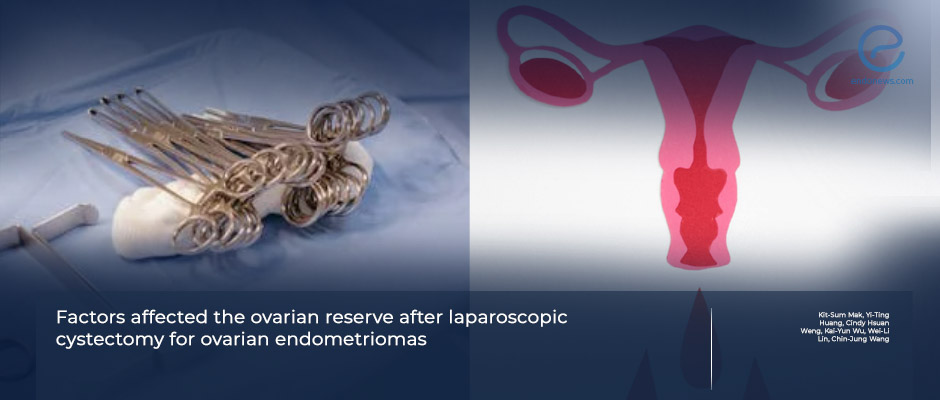
 By Hale Goksever Celik
By Hale Goksever Celik

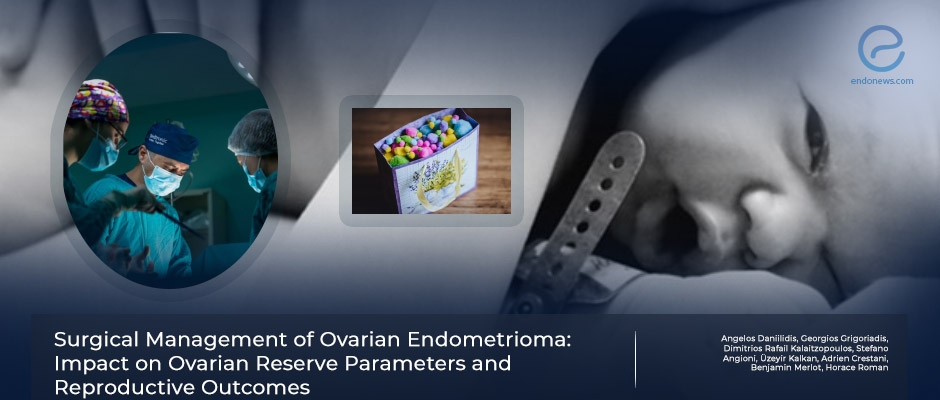
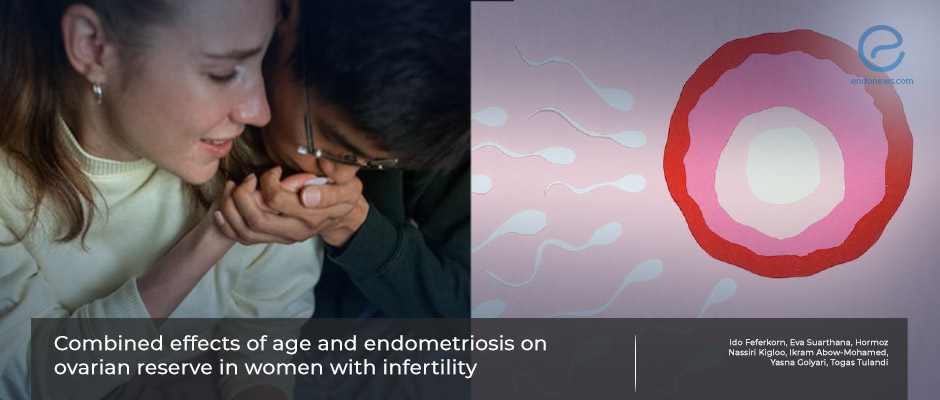
 By Özge Özkaya
By Özge Özkaya

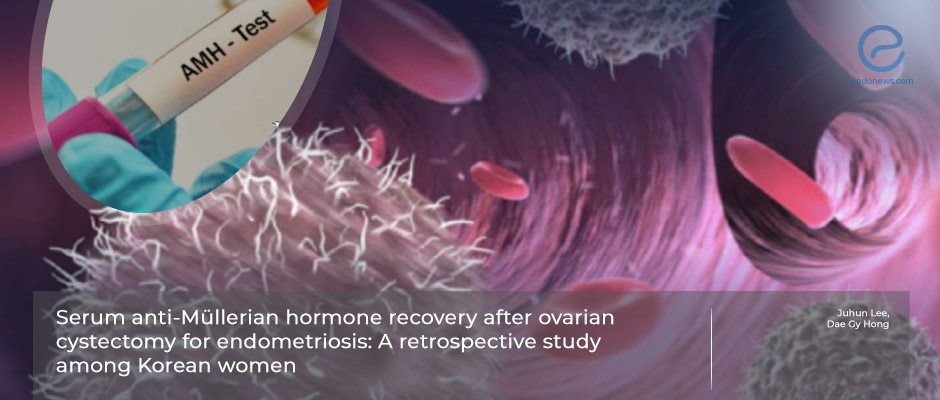







 By Dr. Youngran Park
By Dr. Youngran Park





 By Irem Onur
By Irem Onur

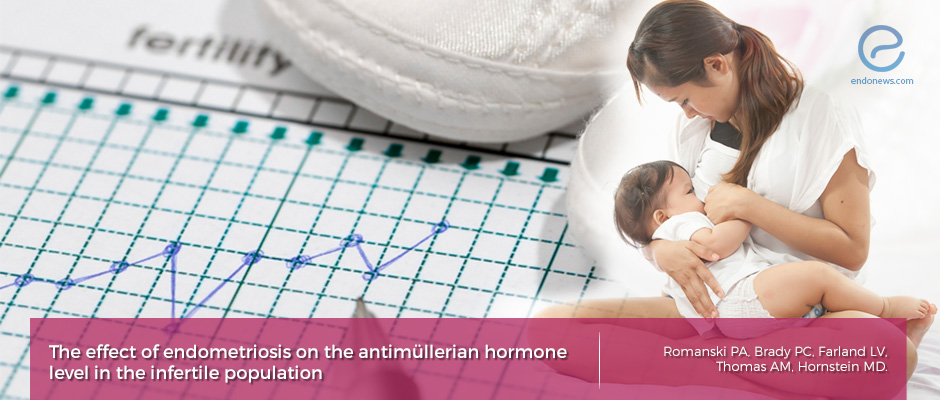





 By Kasthuri Nair
By Kasthuri Nair


